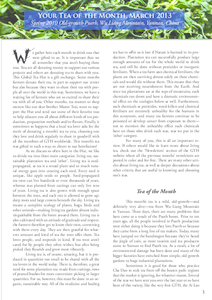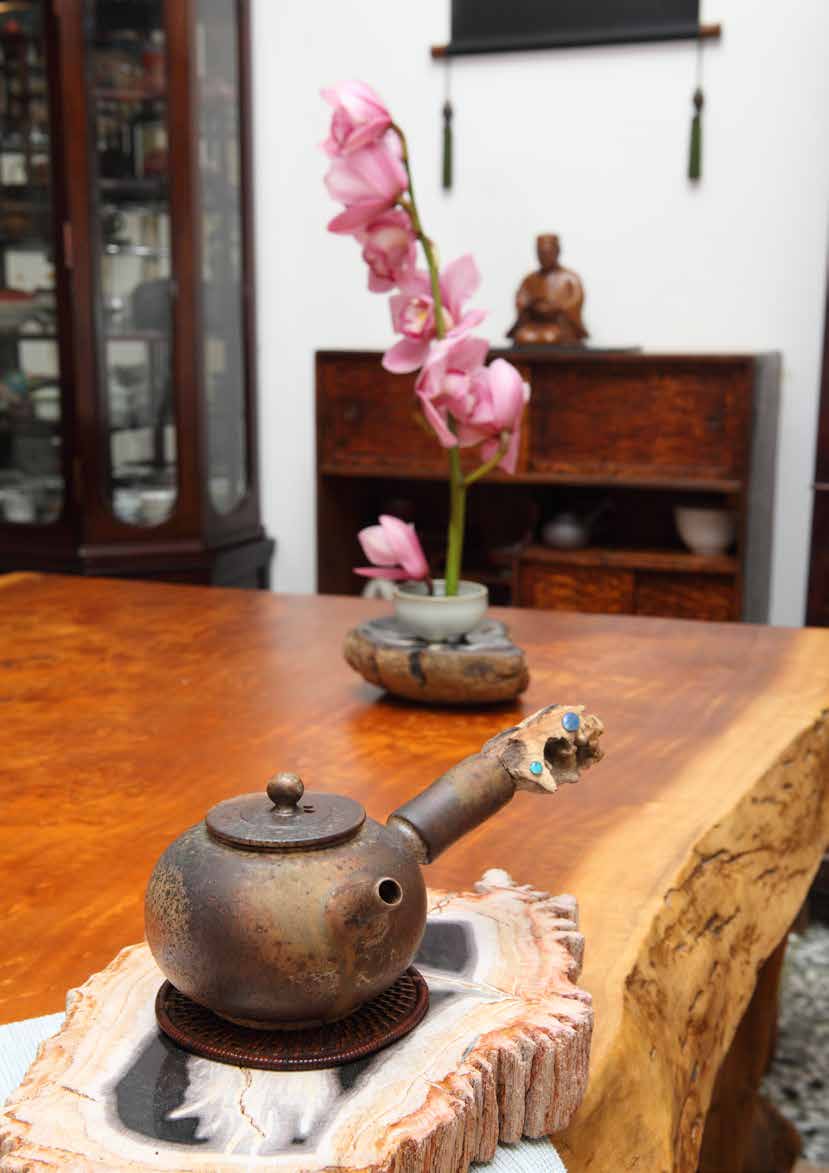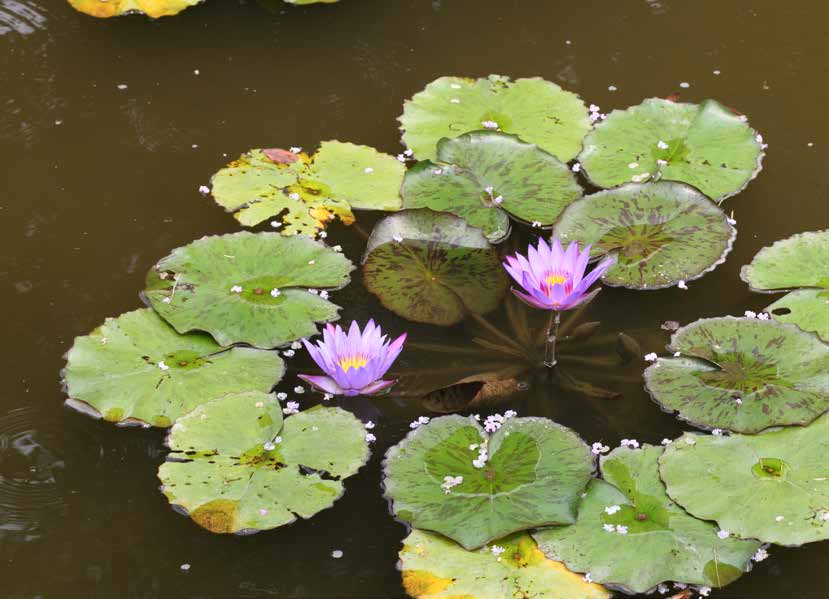
 |
|
We gather here each month to drink teas that were gifted to us. It is important that we all remember that you aren't buying these teas. You are all donating money to support our various projects and others are donating tea to share with you. This Global Tea Hut is a gift exchange. Some months farmers donate their tea, in part to support our center but also because they want to share their tea with people all over the world in this way. Sometimes, we have a waiting list of farmers who are so excited to share their tea with all of you. Other months, tea masters or shop owners like our dear brother Master Tsai, want to support the Hut and send out some of their favorite teas to help educate you all about different kinds of tea production, preparation methods and/or flavors. Finally, it sometimes so happens that a local tea lover asks for the merit of donating a month's tea to you, choosing one they love and drink regularly to share in goodwill with all the members of GTH worldwide. This month's tea was gifted in such a way, so cheers to our benefactors!

As we discuss so often here in the Hut, we like to divide tea into three main categories: living tea, sustainable plantation tea and 'other'. Living tea is seedpropagated, as tea is a sexual plant and so much natural energy goes into creating each seed. Every seed is unique, like apple seeds or people. Seed-propagated tea trees can live hundreds or even thousands of years, whereas teas planted from cuttings can only live tens of years. Living tea is also grown with enough space between the trees, and each tree is allowed to grow up: deep roots and large crowns beneath the sky. Living tea means a complete ecology of plants, bugs, birds and other animals - making living tea gardens almost indistinguishable from the forest around them. Living tea is also cultivated with an attitude of gratitude and respect: the farmers therefore get to know their trees, conversing with them every day. They are then grateful for whatever amount and kind of tea the trees offer them. Tea loves people, and responds in kind. If tea trees aren't cared for by people they often wither, but after being picked they flourish and grow more vibrantly.
Living tea is, of course, amazing, but it is produced in quantities too small to be shared with all the tea lovers in the world today. There is, therefore, a great need for some plantation tea: made from cuttings, rows of pruned bushes for more convenient picking in larger quantities. For us, however, this must be done in an organic, sustainable way. All of the medicine and healing tea has to offer us is lost if Nature is harmed in its production. Plantation tea can successfully produce large enough amounts of tea for the whole world to drink tea, and still be done without pesticides or inorganic fertilizers. When a tea farm uses chemical fertilizers, the plants are then surviving almost solely on these chemicals and would die without them. This means that they are not receiving nourishment from the Earth. And since tea plantations are at the tops of mountains, such chemicals run down and have a dramatic environmental effect on the ecologies below as well. Furthermore, such chemicals as pesticides, weed-killers and chemical fertilizers are extremely unhealthy for the humans in this ecosystem, and many tea farmers continue to be poisoned or develop cancer from exposure to them - not to mention the unhealthy effect such chemicals have on those who drink such teas, teas we put in the 'other' category.
For many of you, this is all an important review. If others would like to learn more about living tea, check out the 'Newsletters' section of the GTH website where all the previous months' newsletters are posted in color and for free. There are many other articles about living tea, as well as deeper discussions about other criteria that are useful in knowing and choosing one's teas.
This month's tea is a wild, old-growth - and definitely very alive - tea from Wu Liang Mountain in Yunnan. These days, there are many problems that have come as a result of the Puerh boom. Prior to ten years ago, all the people involved in Puerh production were either doing it because they love Puerh or because they came from a long line of tea makers. Today, many have jumped on the bandwagon because they've heard the jingle of coin, as more tourists and tea producers come to Yunnan to find Puerh tea. As a result, a lot of environmental damage has been done and many of the bigger factories have switched from simple, old-growth gardens to huge industrial plantations.
Sometimes it is good for those who practice Cha Dao to seek tea from off the beaten path: regions that the market is ignoring, for whatever reason. Several of the teas we have sent you over the last year or so have been of this variety, like the very first GTH, the Ai Lao Tea of the Month and the Laos tea we sent you in November. Wu Liang is another such region. The roads there are still undeveloped, the people simple and uncorrupted. The tea tends to be pristine, and thus far ignored by the mainstream Puerh industry.

The Wu Liang mountain system belongs to the southern subsection of the Heng Duan mountain chain, which stretches across Yunnan. Along with Ai Lao Mountain, it is located at the intersection of the Qinghai/Tibetan plateau, the Heng Duan mountain range and the Yunnan high plateau. The mountains are high and steep. The highest point is 3,306 meters above sea level, while the lowest is also above 1,000 meters. It is located at the convergence of the Central and South Asian tropical zones. The natural environmental conditions are complex and diversified. Because the area within Wu Liang's borders contains high mountains and deep gorges, there are large differences in elevation and marked climate changes over its vertical range. The flavor of the tea also has large variation and is difficult to represent with a single description.
Our tea this month comes from higher up in the Wu Liang range, which means that the tea is quite unique amongst Puerhs, which are usually more 'jungle-like' in character. This tea is less earthy, having a greater relationship to the sky than to the earth. These trees grew up on high mountains, amongst the rocks and minerals, boulders and sparser veins of lush green throughout. Most Puerhs have deep and loamy relations with thousands of other species of plants, animals, birds and bugs, and if you inhale deeply while sipping them you will feel the vibrancy of the surrounding jungle. This tea is completely different, however. When you breathe in this Wu Liang tea, you can tell that rather than having conversations with birds and snake poop, this amazing tea has for a long time been in dialogue with the sky and celestial bodies: perhaps discussing its destiny with the moon and love affair with the stars...
Traditionally, the aboriginal people of the area sometimes used bamboo to compress the tea into cones like this for convenience: to carry and brew easily. Each cone is around ten grams and could be a single serving or maybe two. The tea is incredibly uplifting, and very Yin in Qi. Drink this tea with some friends, perhaps outdoors or at least somewhere sunlight is streaming in. You will find the experience bright, refreshing and slightly cool in Nature. It is a great tea to clear the air with, restoring balance and purity. We wish you all an amazing month full of such purity, in all the space you travel through - carrying the spirit of this amazing tea that has already traveled so far to find you, old friend, and to steep into all that you do...
